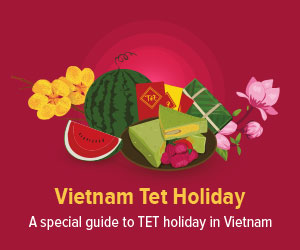Vietnamese Tea Culture
How do you sip your tea in a cool autumn morning? And how Vietnamese appreciate their aromatic beverage you may ask, is it the same as Japanese and Chinese do?
How do you enjoy your tea on a cool autumn morning? You might wonder how the Vietnamese cherish their aromatic beverage. Is their practice similar to that of the Japanese or Chinese? An adventurous tourist who has experienced a homestay in Vietnam could certainly provide insight without needing to consult a scholar of Vietnamese studies. Typically, it’s plain tea—unflavored and unscented—served without milk or sugar, and enjoyed at any time of day as a refreshing drink and a remedy for various everyday ailments.
Tea from Home to Field
Anyone curious about Vietnamese culture will likely want to know the common term for "tea" in Vietnamese. "Trà," often used today, is not originally a pure Vietnamese word; the ancient Vietnamese referred to tea as "chè." This term is still prevalent in rural areas less influenced by Chinese culture, which is also where one can experience authentic Vietnamese tea traditions.
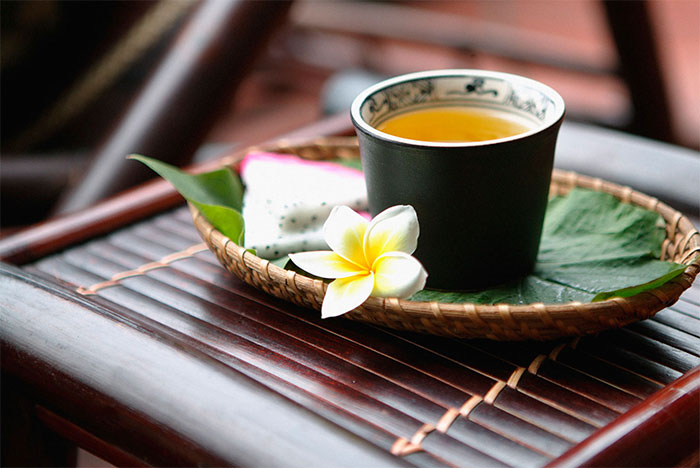 Vietnam's Unique Tea Culture
Vietnam's Unique Tea Culture
"I often brew tea in the early morning when the dew hangs in the air, and my mind is free of daily worries," says Thien, a farmer from Nam Dinh. His tea routine reflects a common practice in rural Vietnam, where mornings are considered the most tranquil time, allowing for self-reflection and peace.
"I love the taste of tea dancing on my palate. I simply cannot go without my morning cups," adds an older teacher from Thien's village. "I could forgo meals throughout the day, but not tea."
During a day spent with locals, it becomes evident that tea is consumed throughout the day—during leisure conversations, work, and even while eating. Farmers often carry thermoses of green tea to the fields to quench their thirst and, as they say, maintain their health against common ailments like colds, digestive issues, and parasites.
Every household in the countryside typically owns at least one tea set. If you happen to see them drinking tea from a bowl, don’t be surprised; this is a fascinating aspect of Vietnamese tea culture, especially in relation to the green tea predominantly enjoyed in rural areas.
Vietnamese people drink tea whenever possible, relishing its bitter notes, regarding it as an essential pleasure, and offering it as a gesture of hospitality to guests. It is said that the way a host prepares tea can indicate the importance of their guests. Do they wash the tea set with care? Do they ensure the water temperature is just right? If so, you are considered a respected visitor.
Down-to-Earth Plain Tea Culture
In stark contrast to the complexities of the Japanese tea ceremony, Vietnamese tea culture is grounded in simplicity. "Political discussions and important business matters emerge during Chinese tea sessions, but that is not the case in Vietnam. We talk about everyday topics like the weather, harvests, pesticide use, and familial issues," says Dr. Cung Khac Luoc, a prominent Vietnamese calligrapher.
A significant distinction between Vietnamese tea culture and that of neighboring countries is the appreciation of plain tea, which showcases the tea's true essence. Cao Bá Quát, a noteworthy freedom fighter and poet from the 19th century, famously celebrated this unique Vietnamese tea-drinking culture in his poetry. The sentiment can be paraphrased as follows:
"Do not select friends based on their appearance, lest the essence of friendship be lost. Do not choose flower-scented tea, for it obscures the real fragrance of tea."
Unlike the Japanese and especially the Chinese, whose tea practices involve complex blends and herbal infusions, the Vietnamese favor the straightforward flavor of pure tea. Pure green tea exemplifies this character of Vietnamese tea culture; all that is necessary for a wholesome thirst quencher is fresh green tea leaves and boiled water. The initial bitterness that eventually yields to a subtle sweetness is the delight that every Vietnamese seeks from a cup of tea.
However, similar to the customs of Japan and China, tea (excluding green varieties) is enjoyed gradually, allowing one to savor the delightful aromas and the unique combination of sweetness and bitterness that lingers long after the last sip.
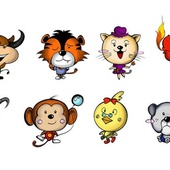
11 Horoscopes In The Year Of The Dragon
The dragon year can be a booster-for-all for all other zodiacs.
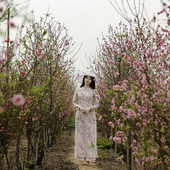
Vietnam's 5 Most Important Festivals & Travel Tips
Vietnam's cultural richness stands out with a variety of traditional festivals.
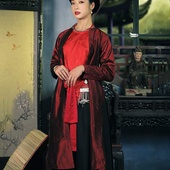
Kinh People
Vietnam is known for its cultural diversity with 54 ethnic groups, in which, Kinh or Viet people accounts for nearly 90% of the whole population.



